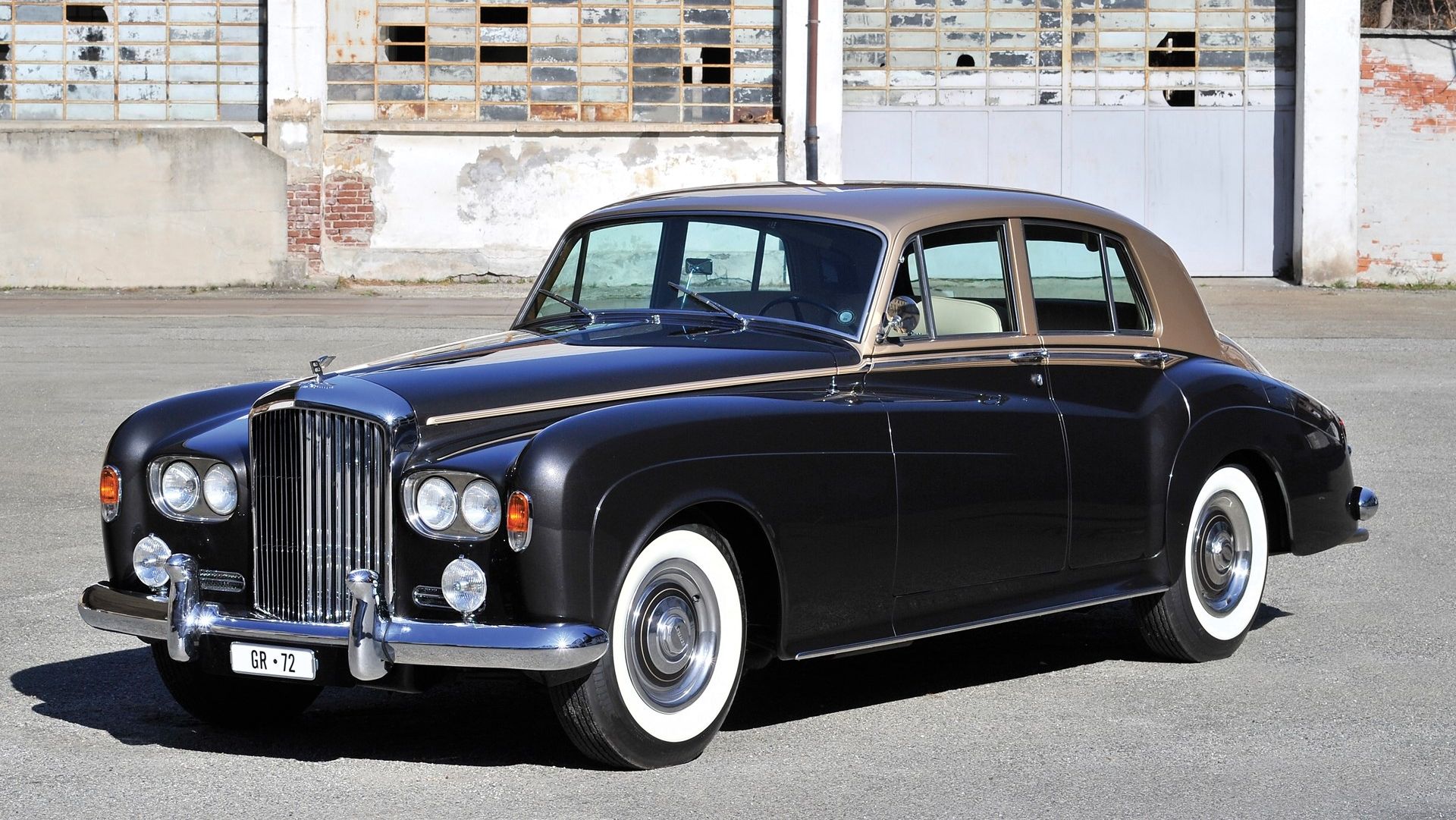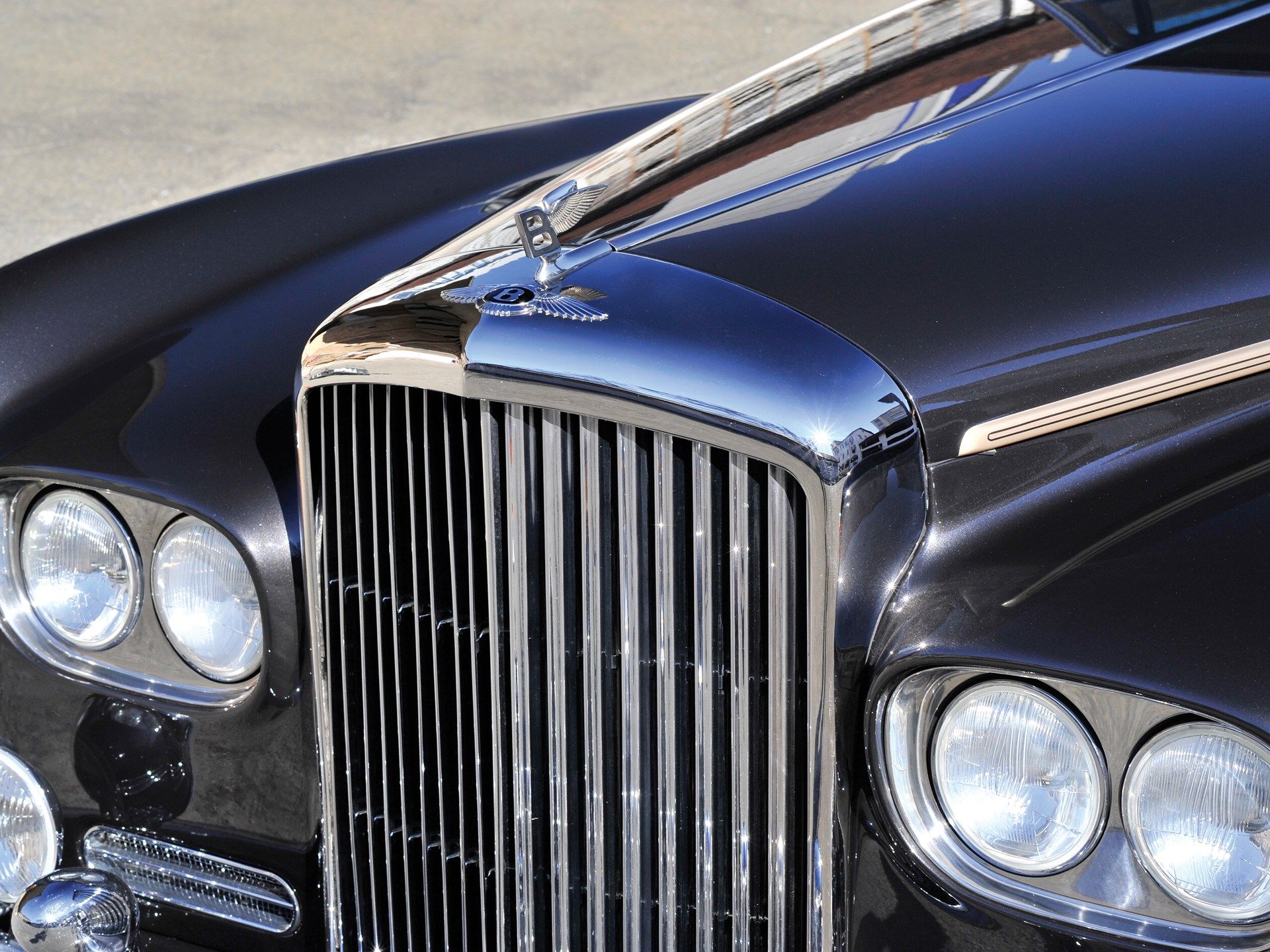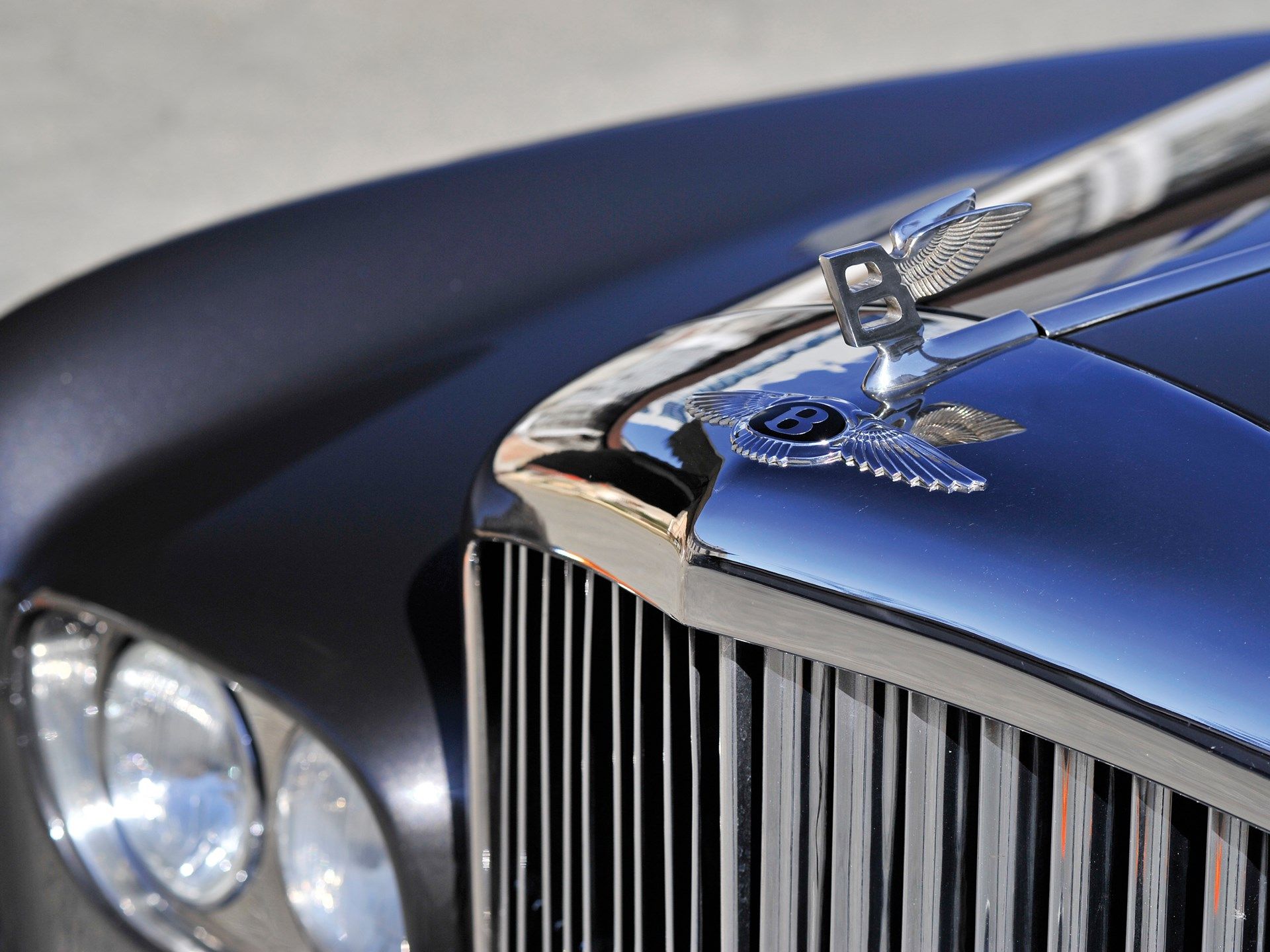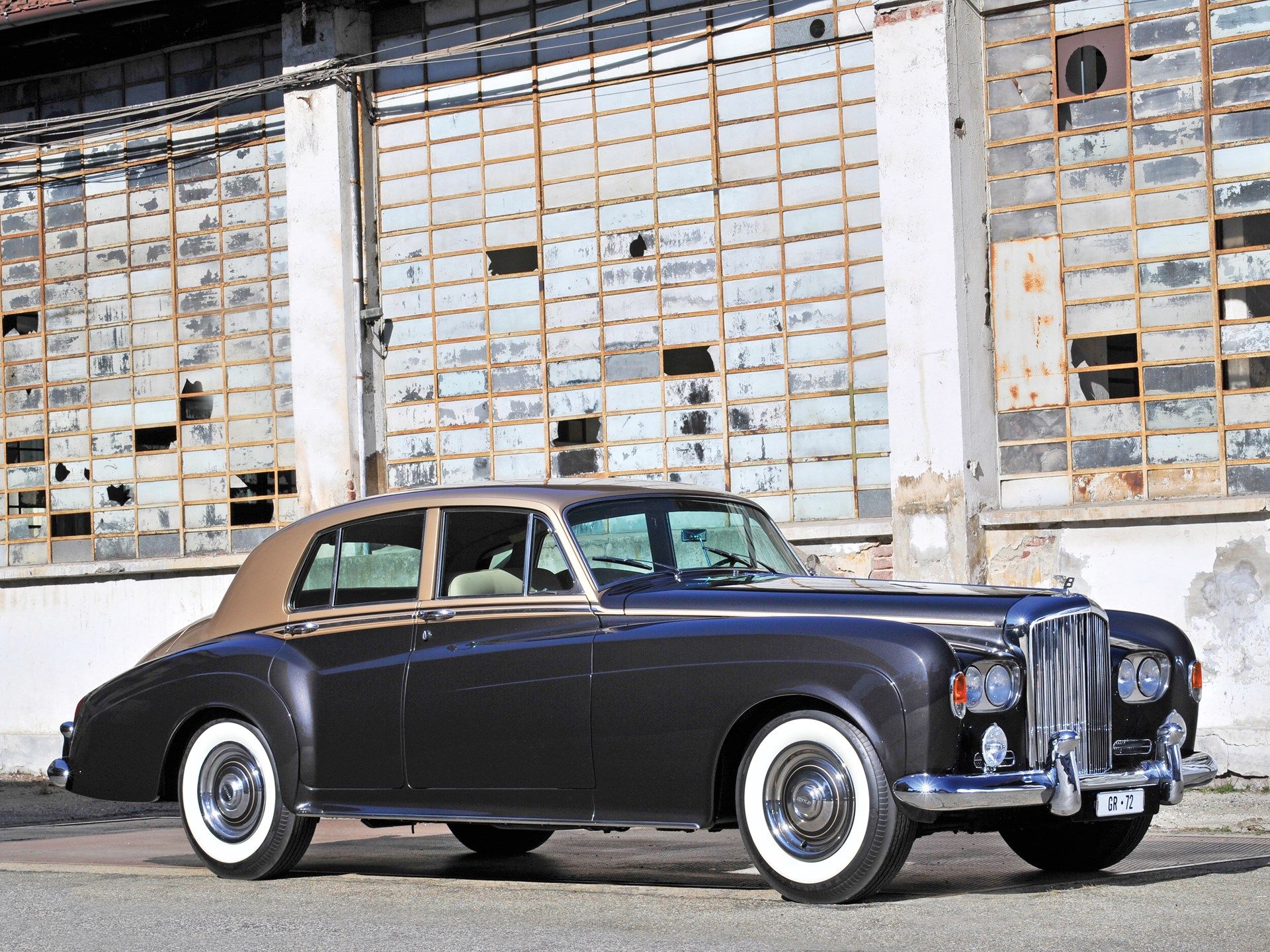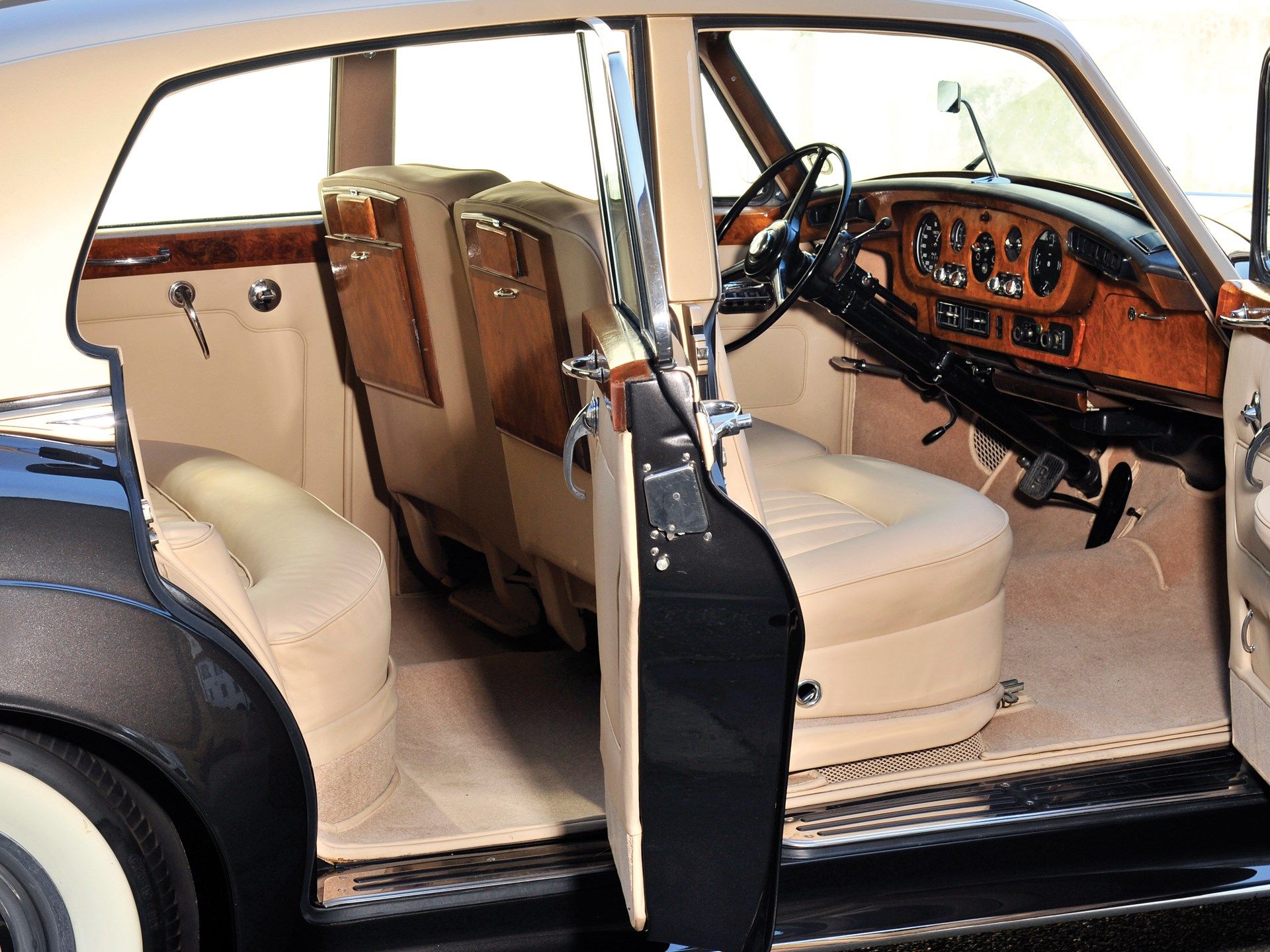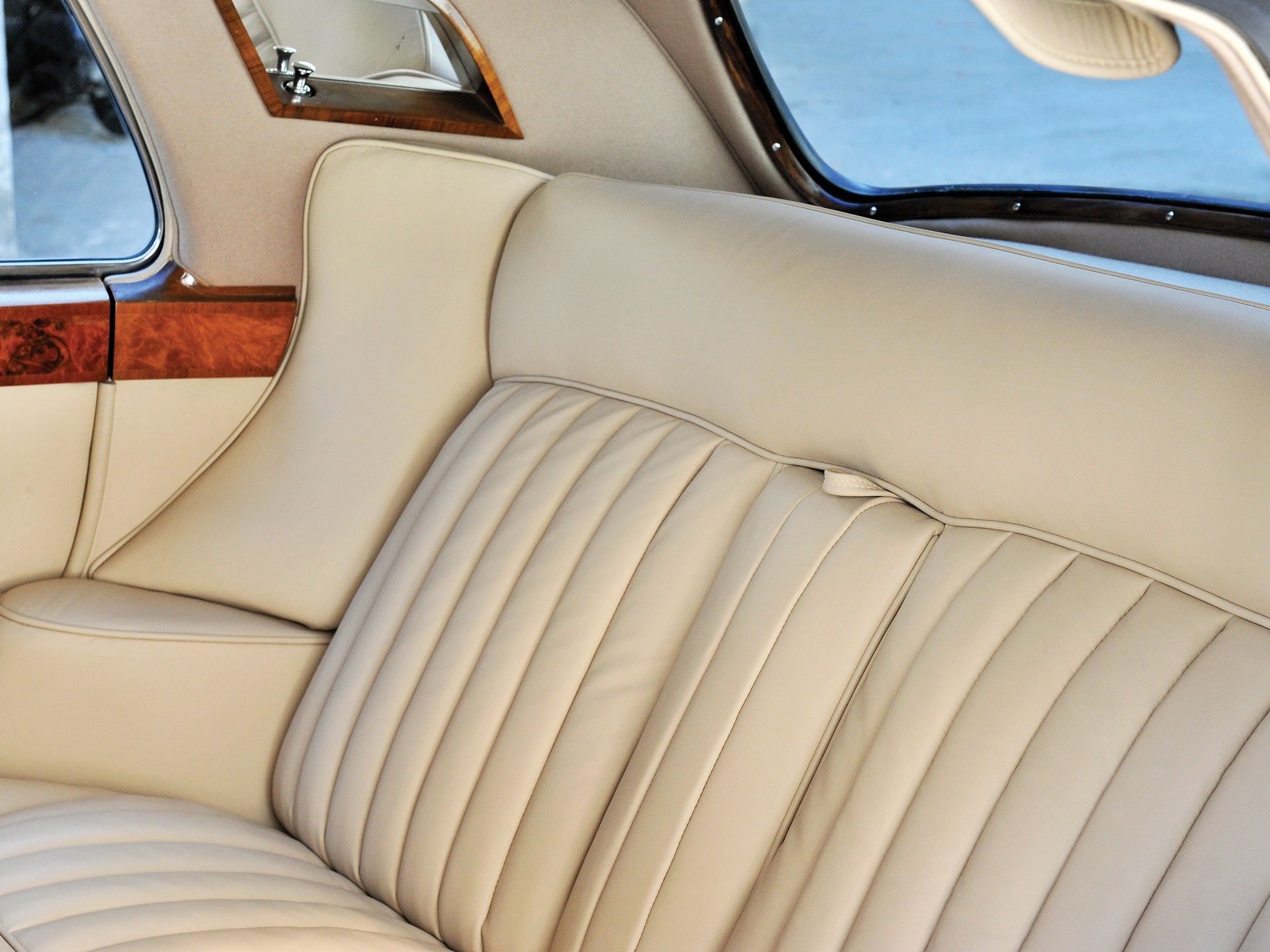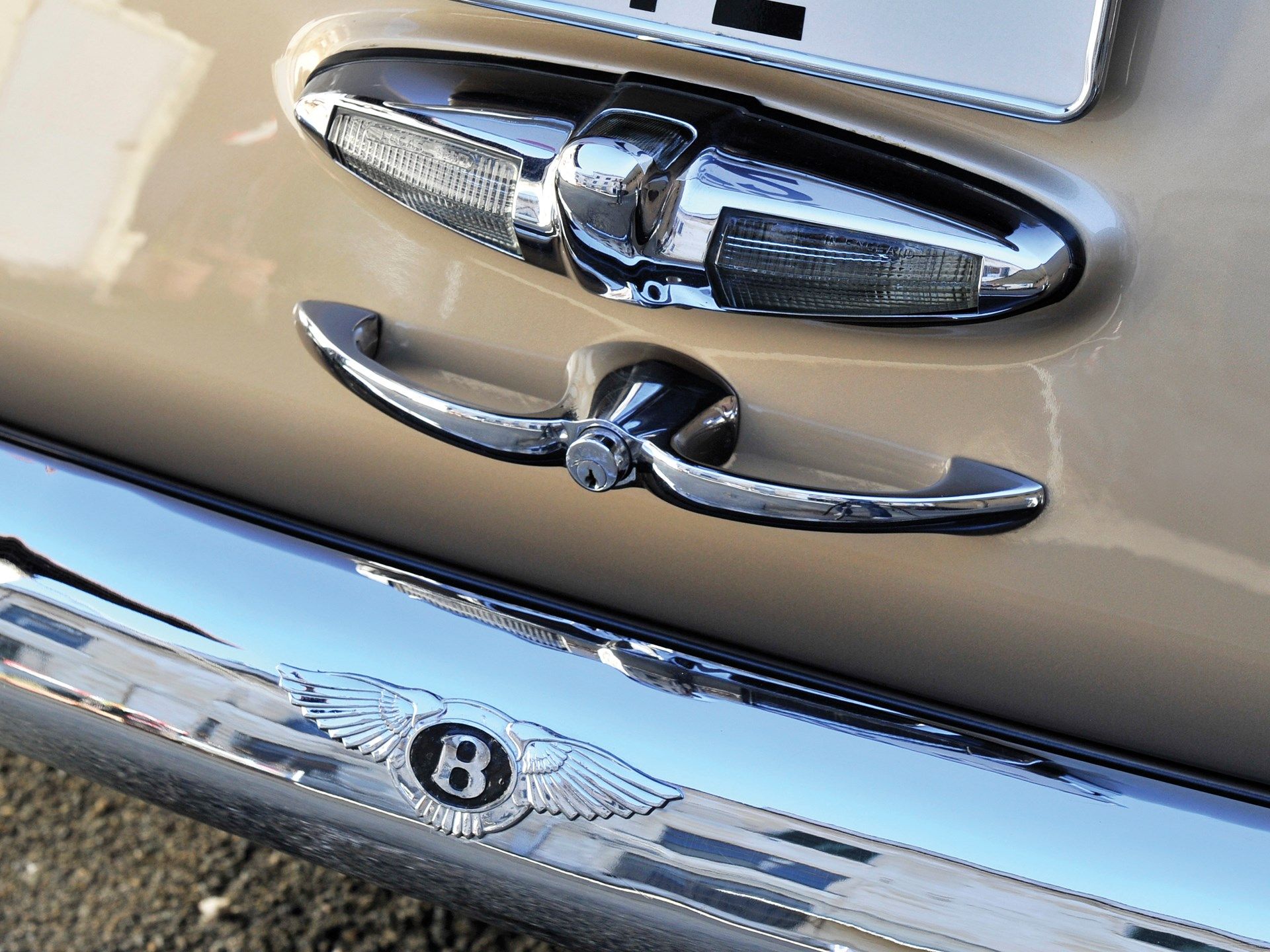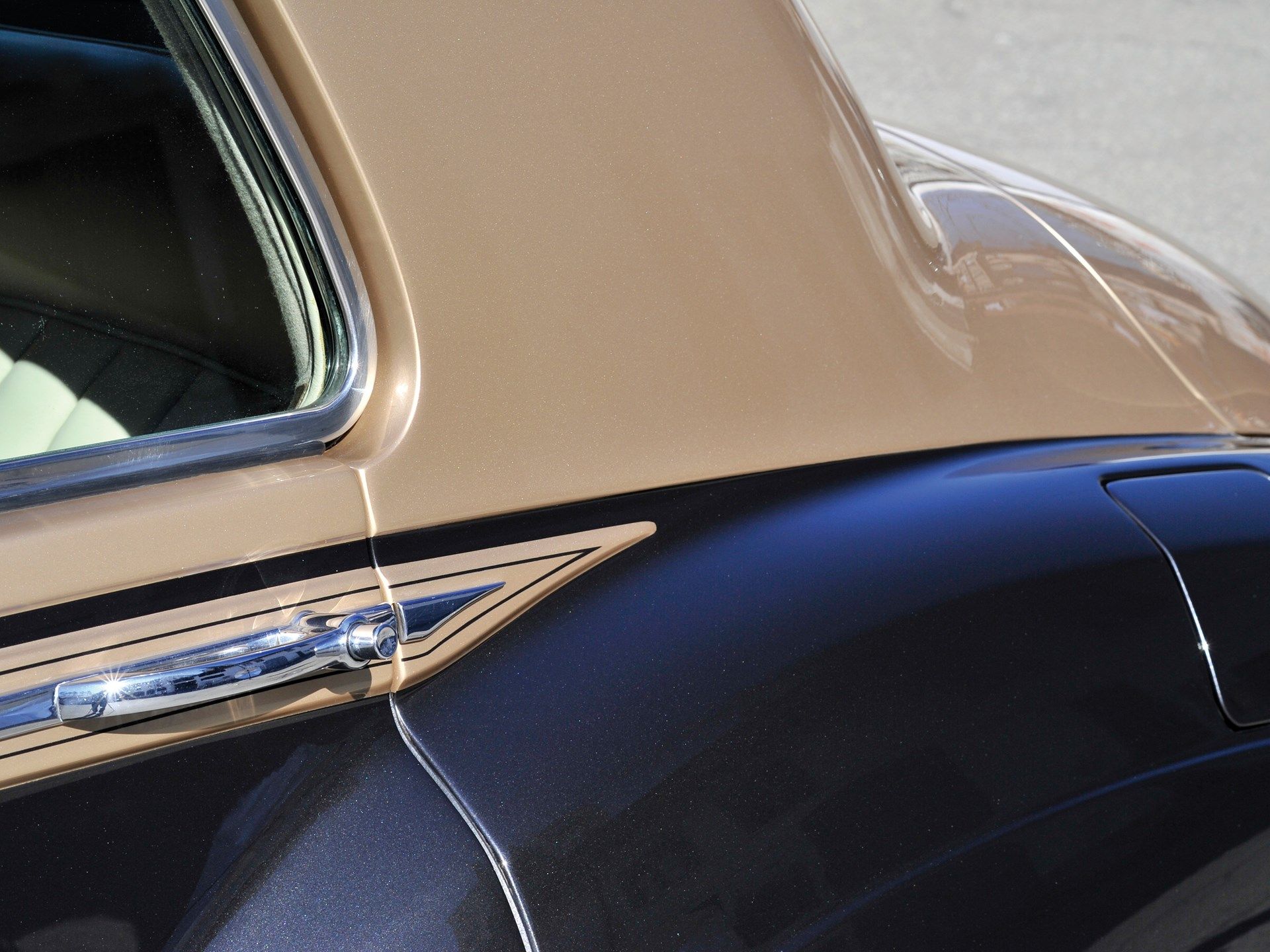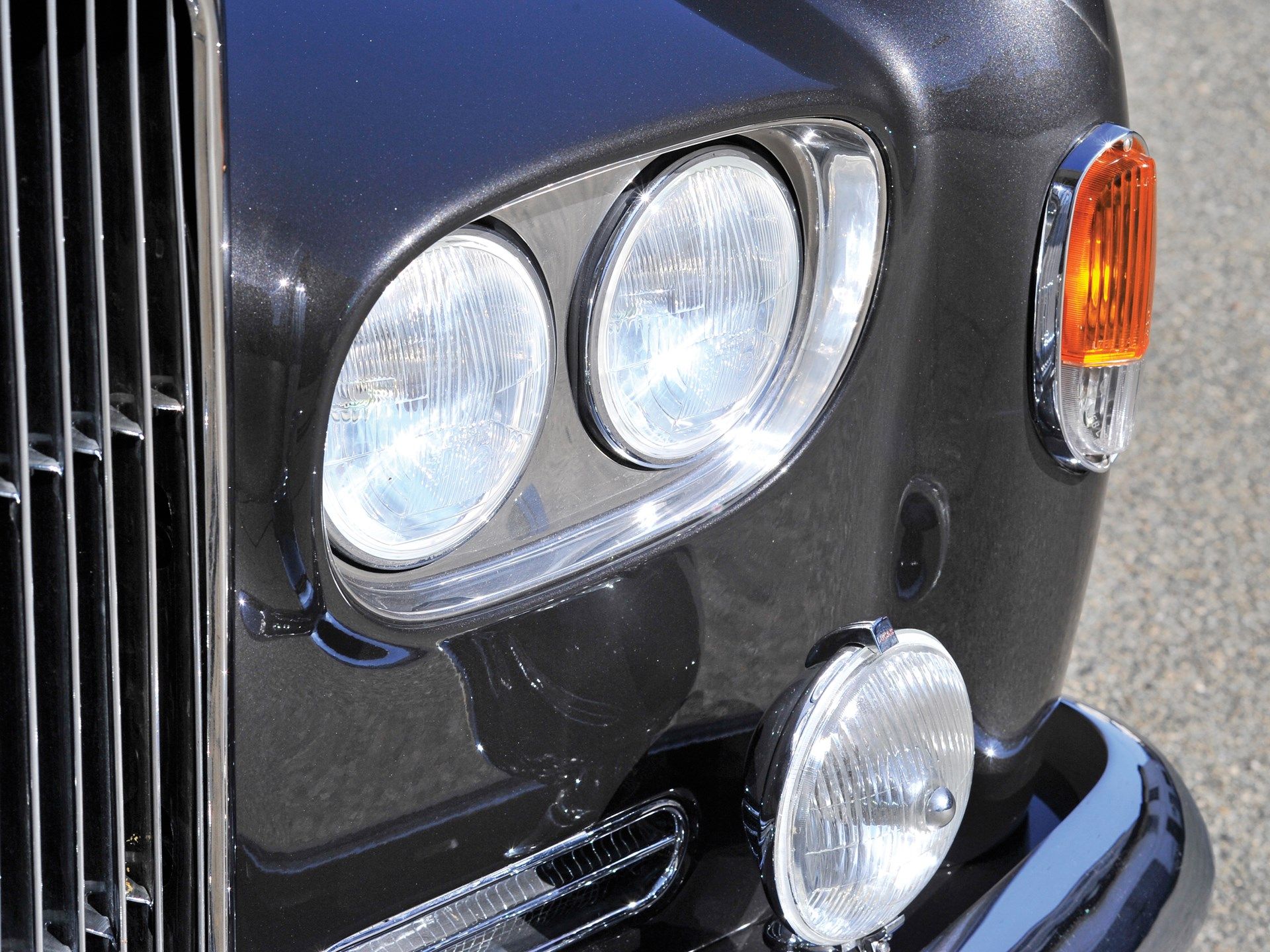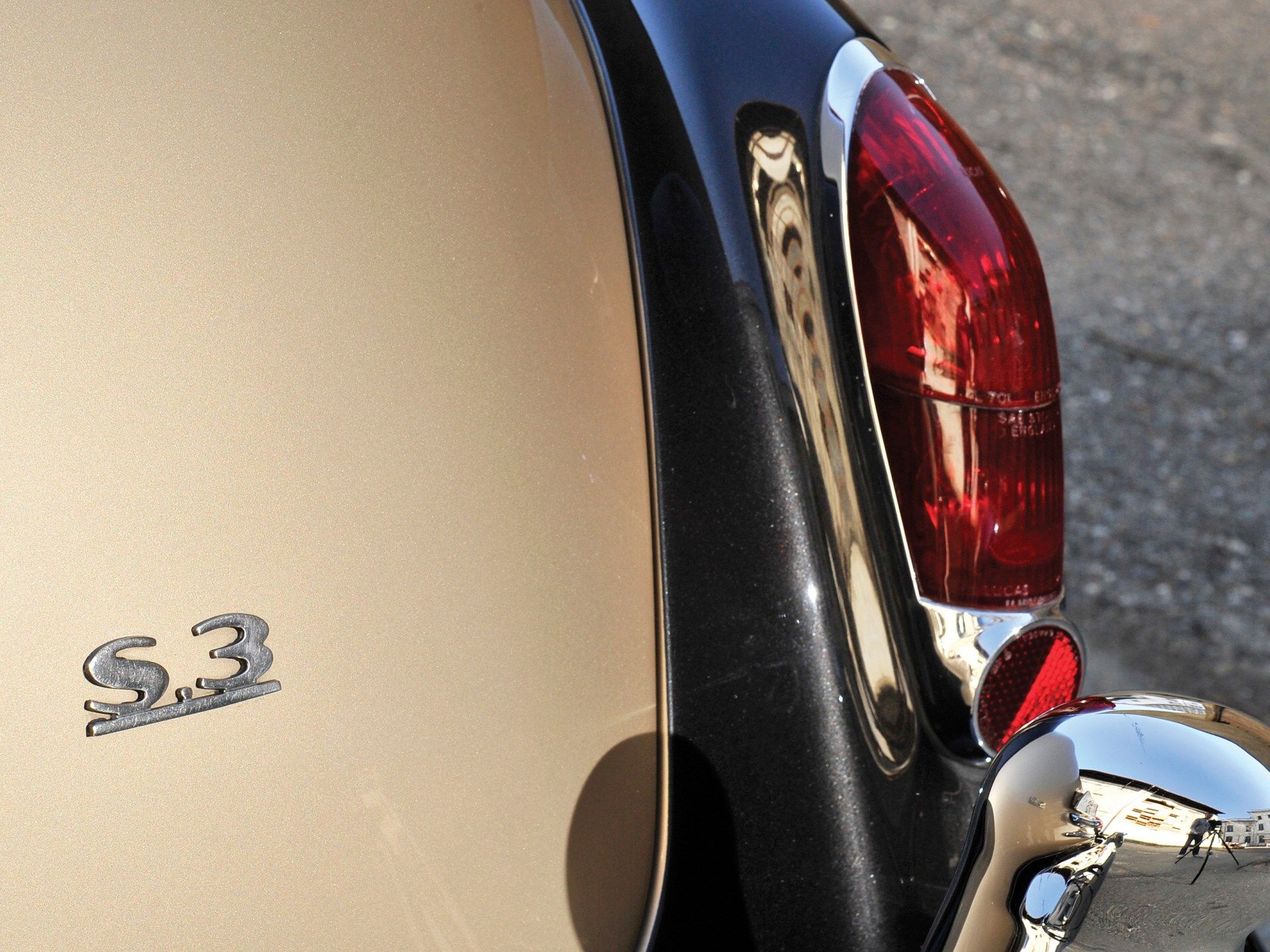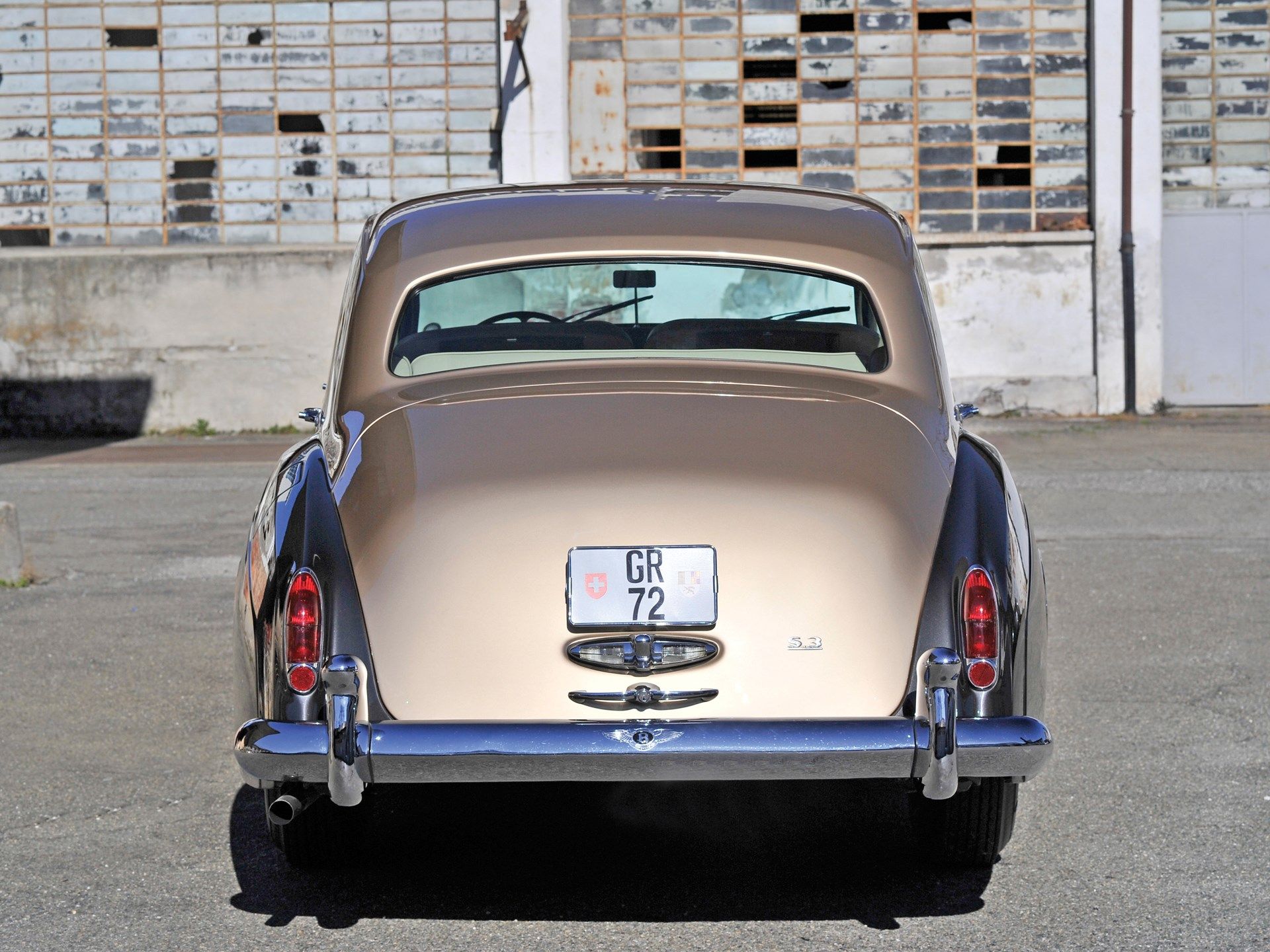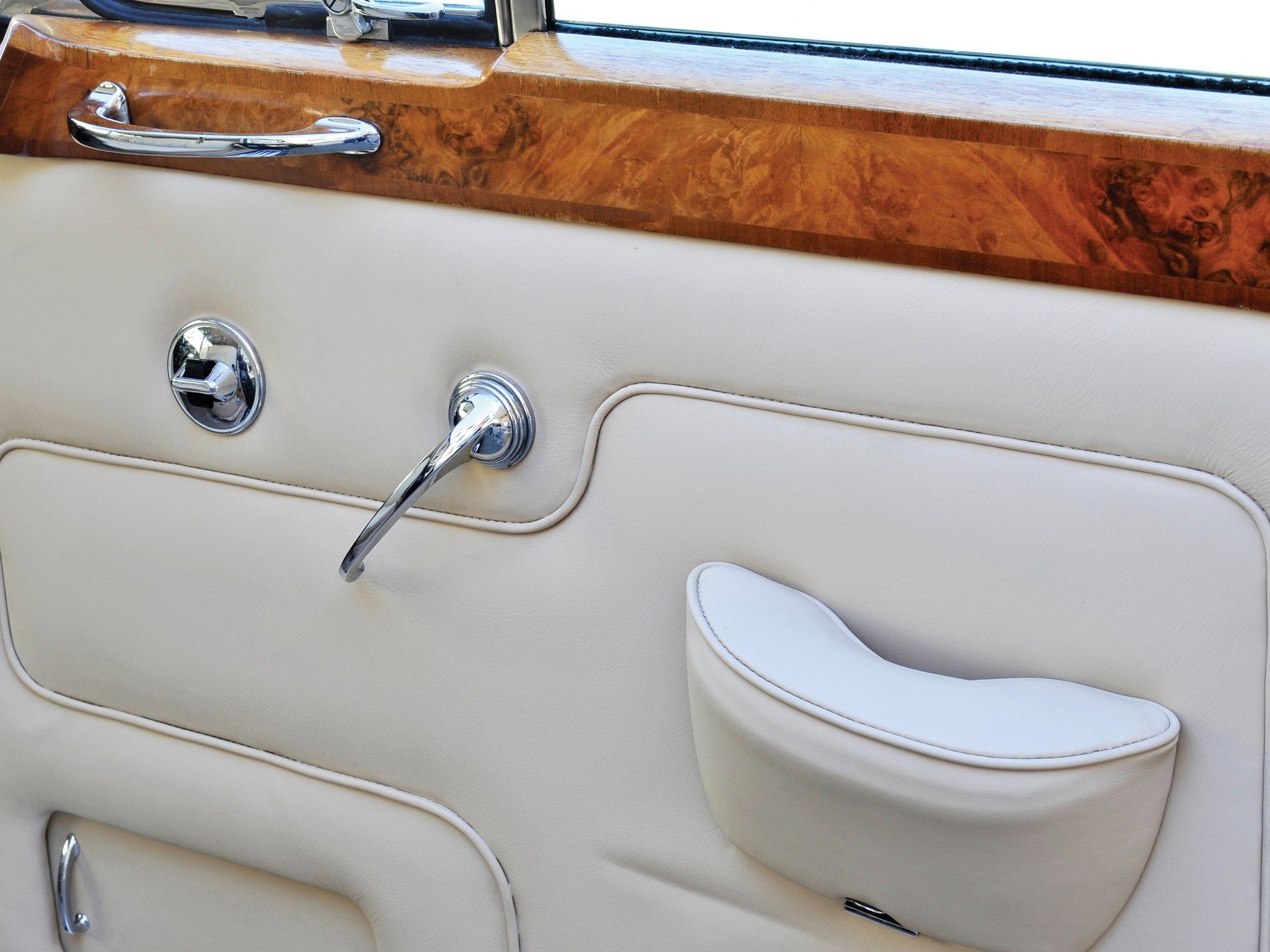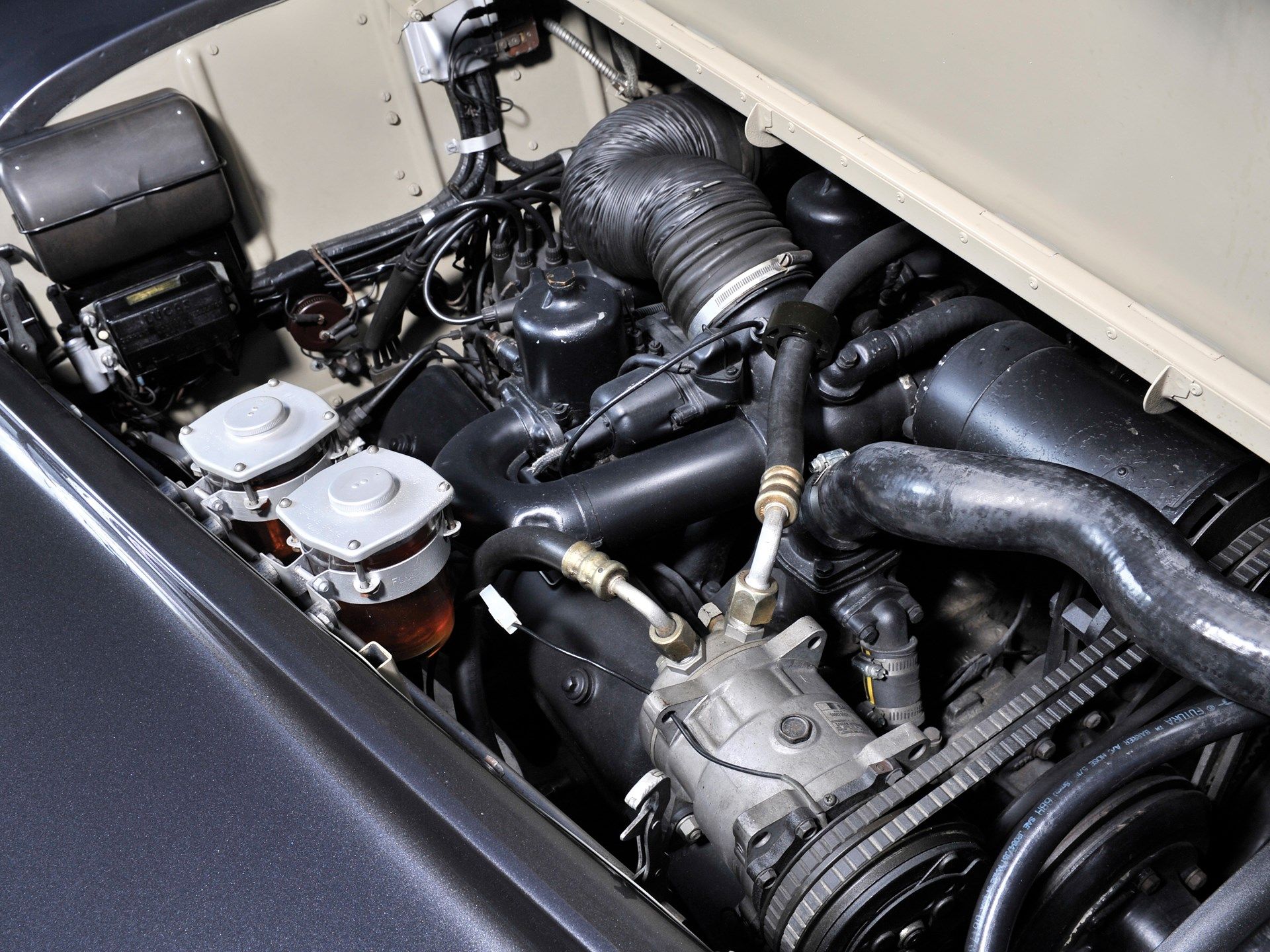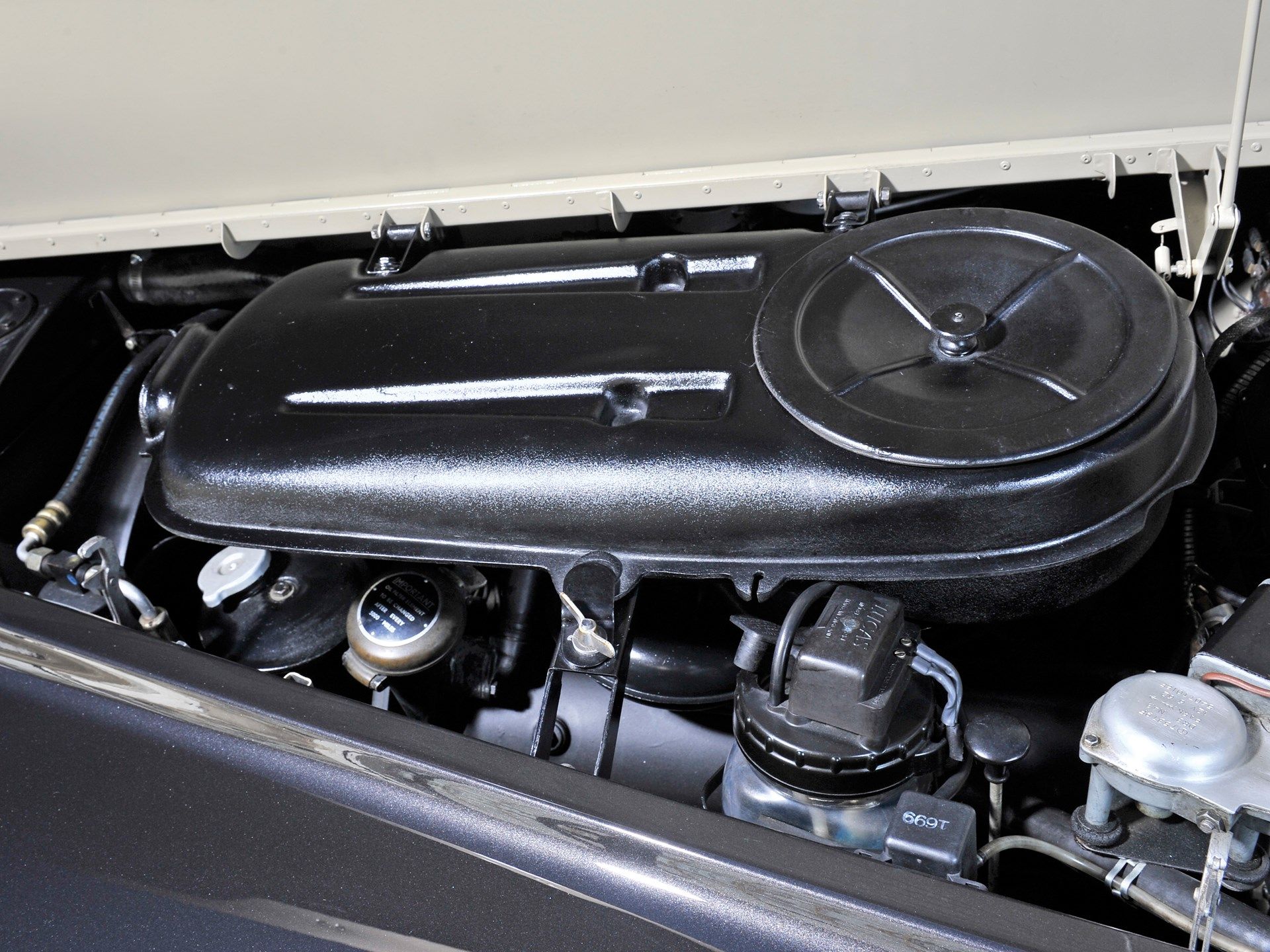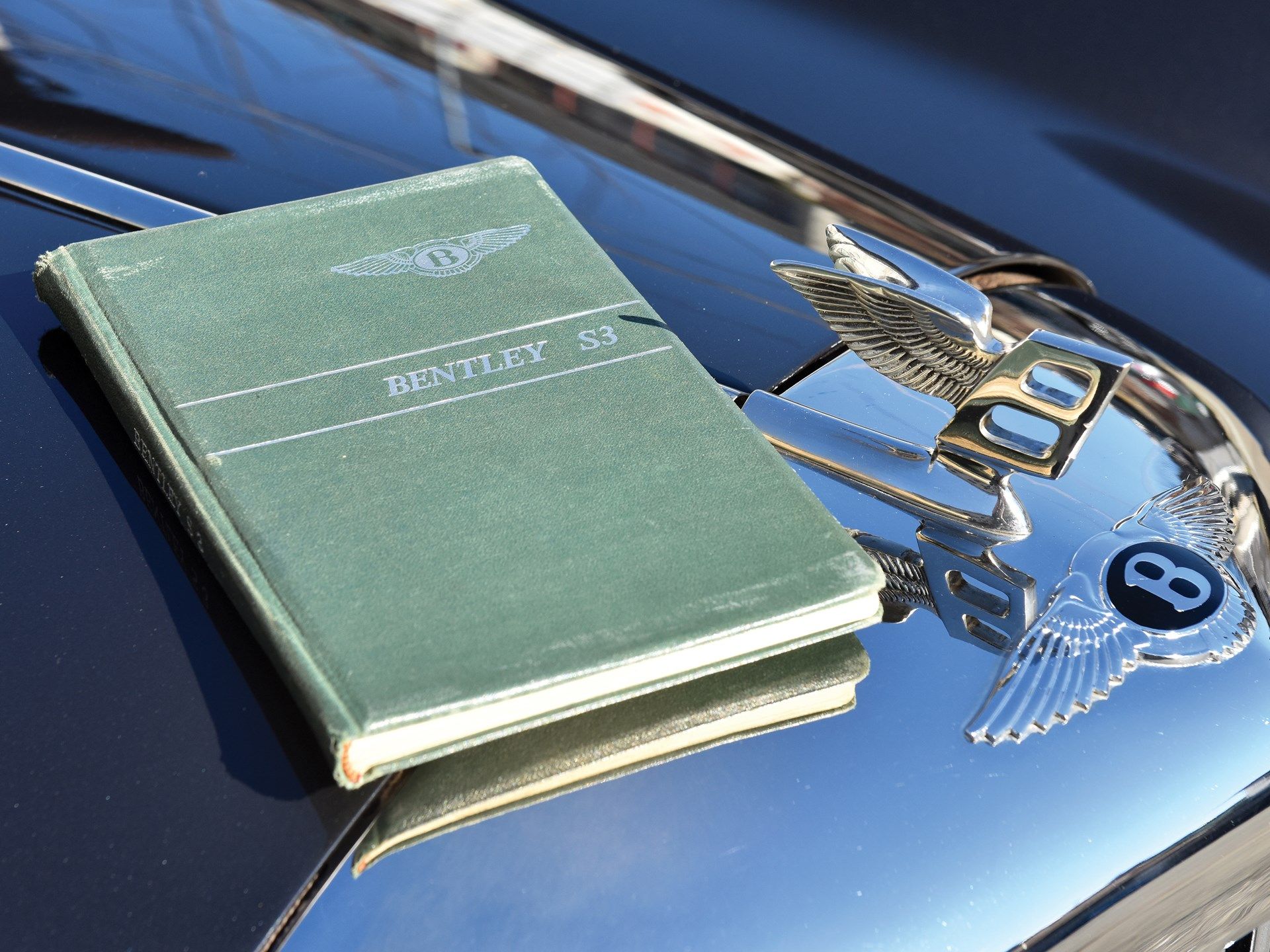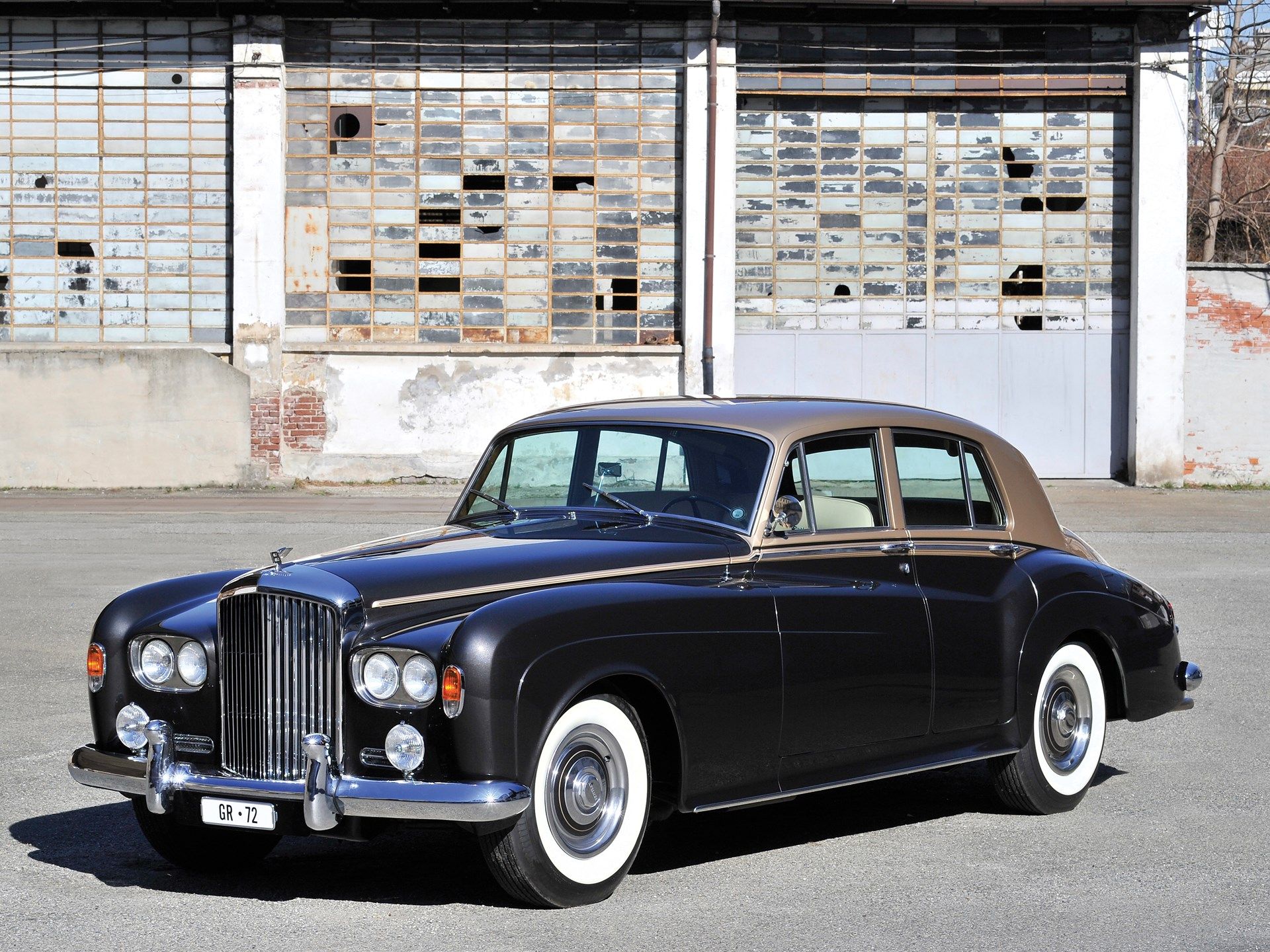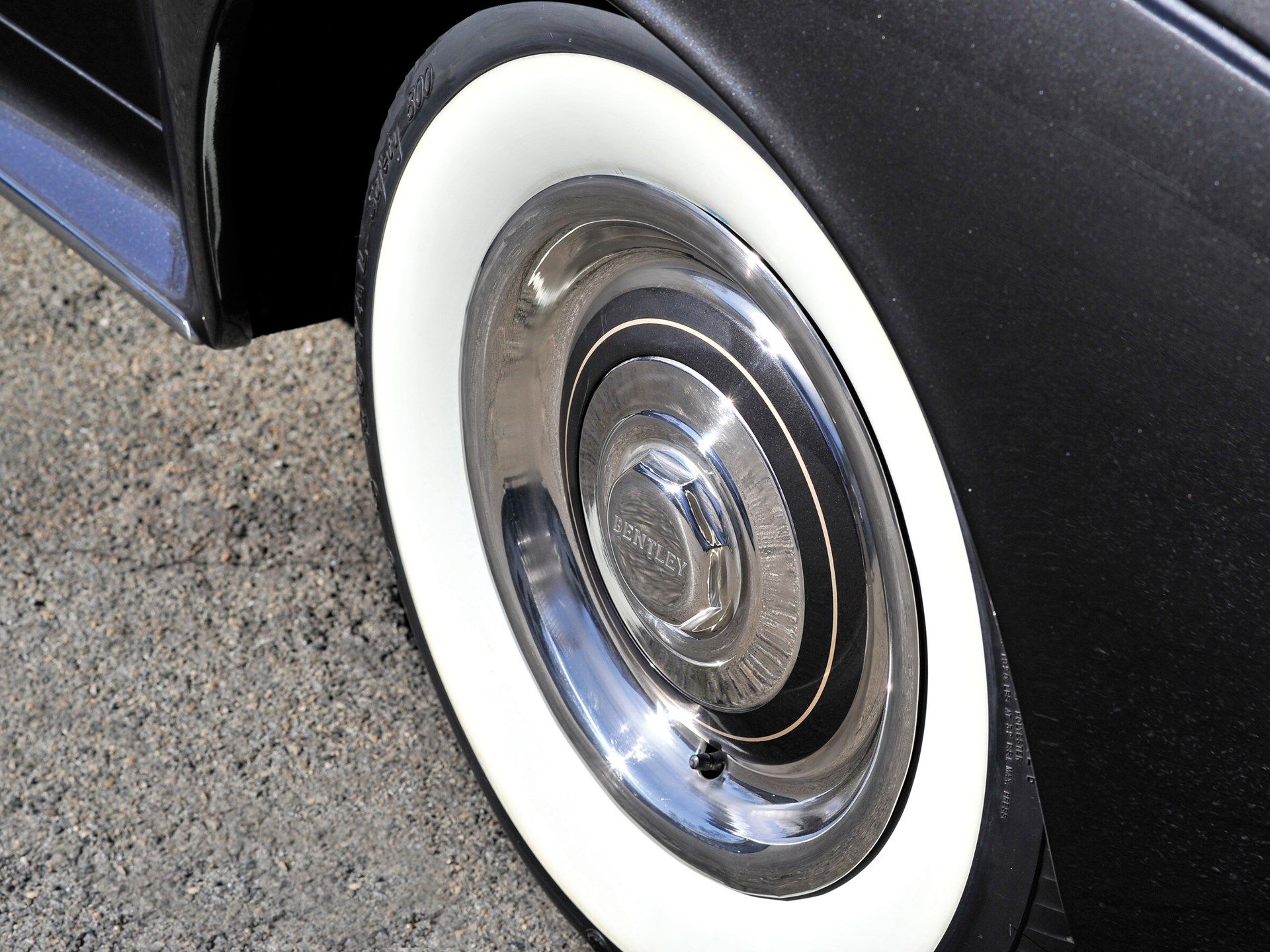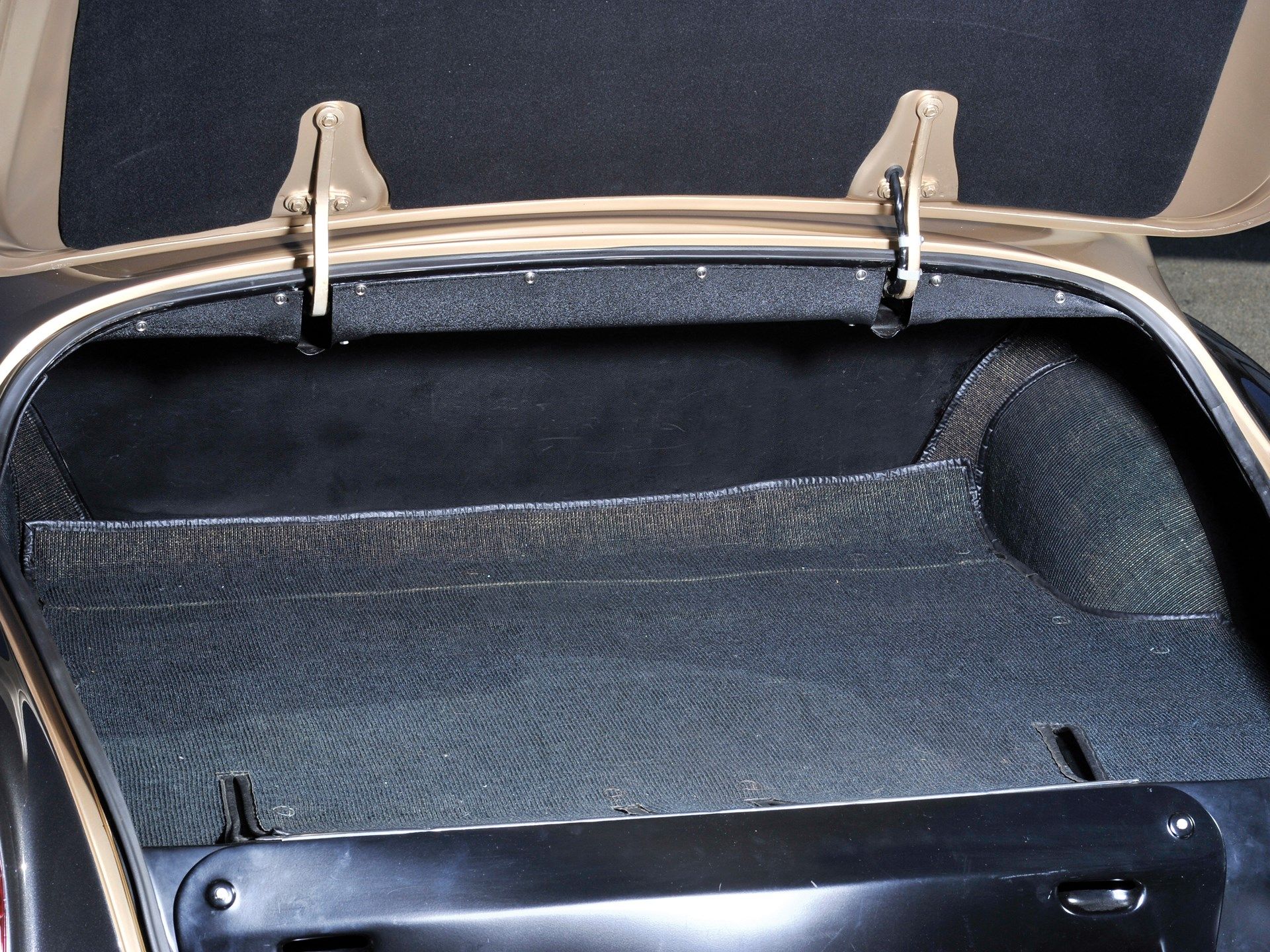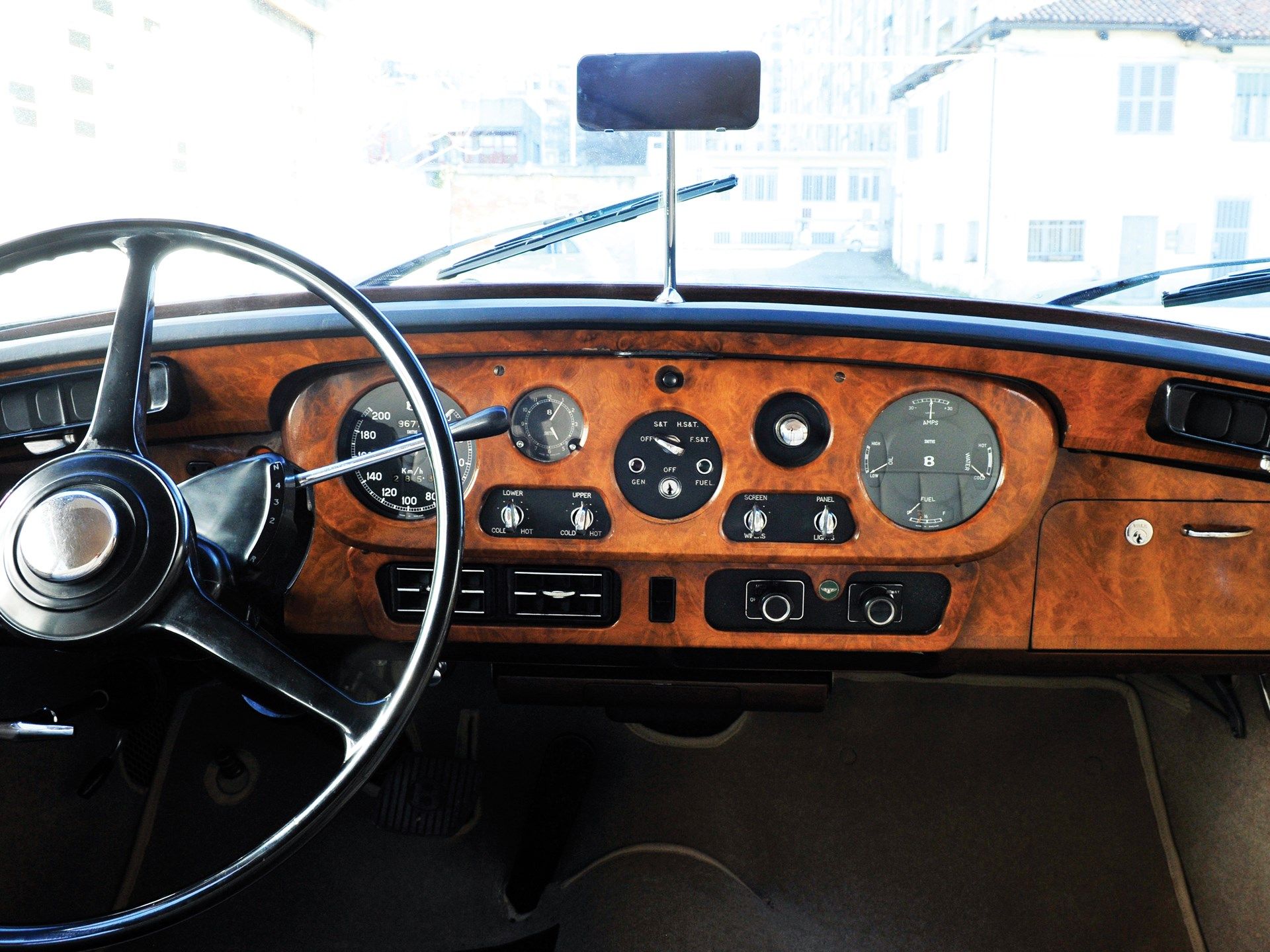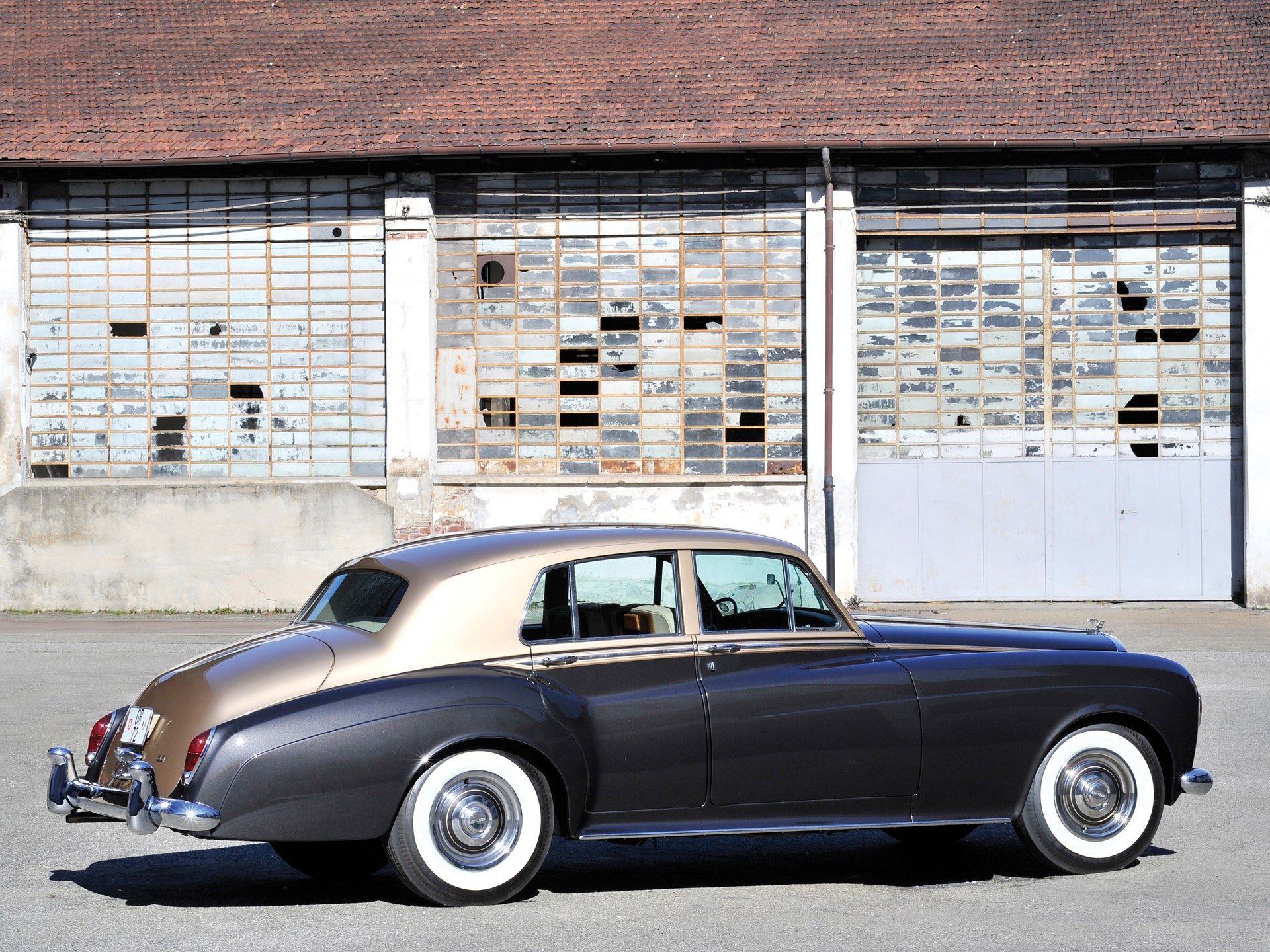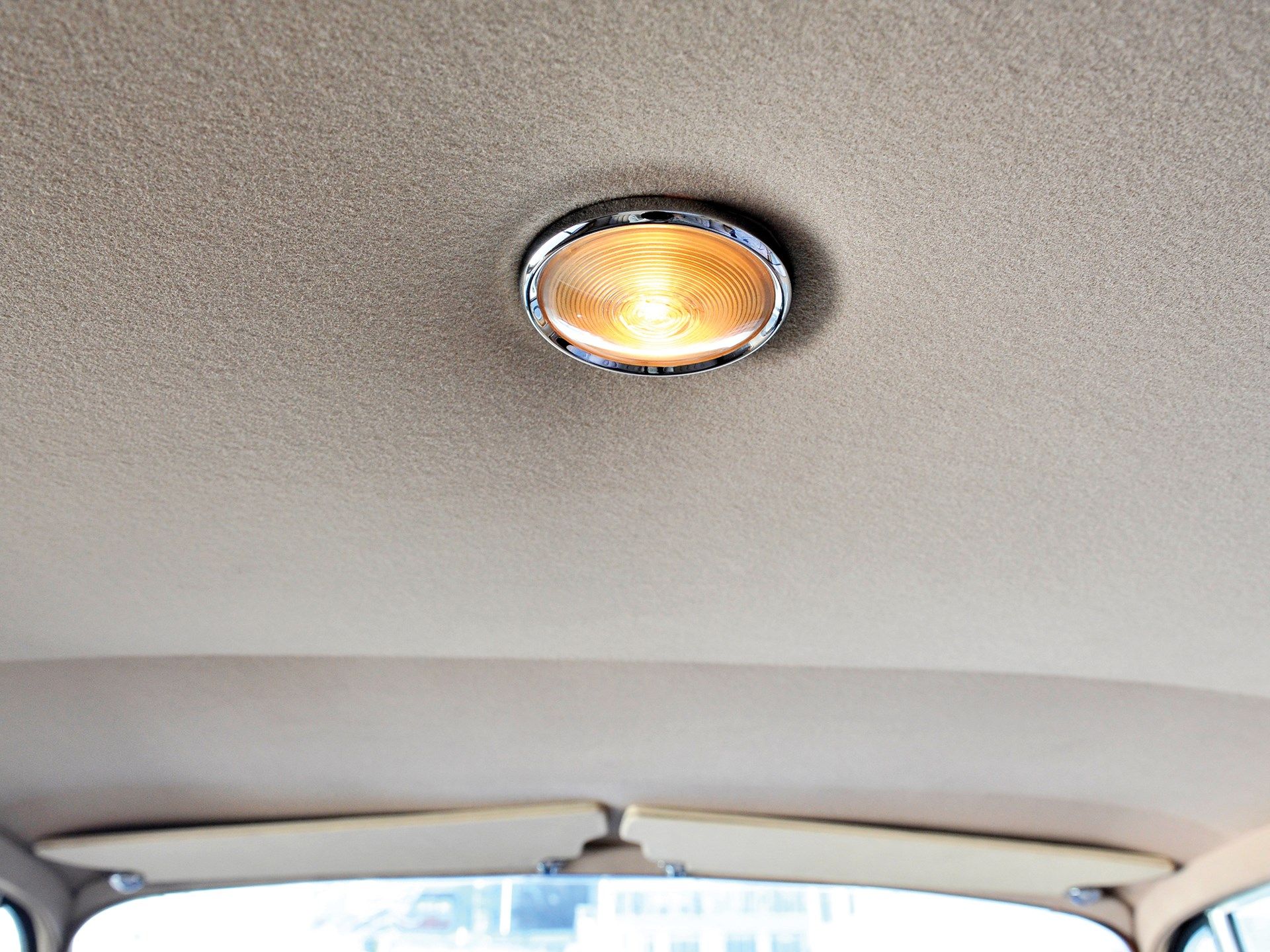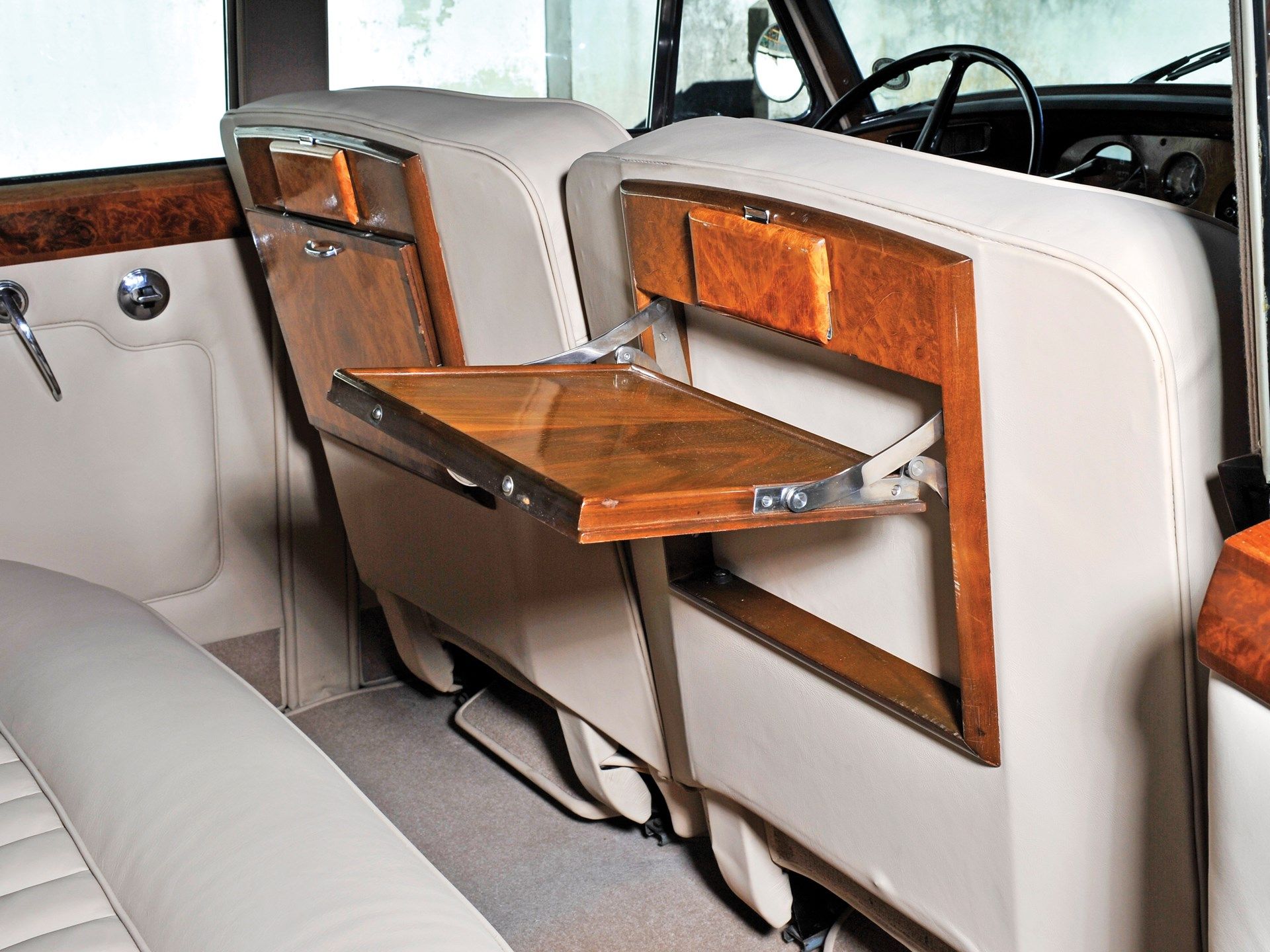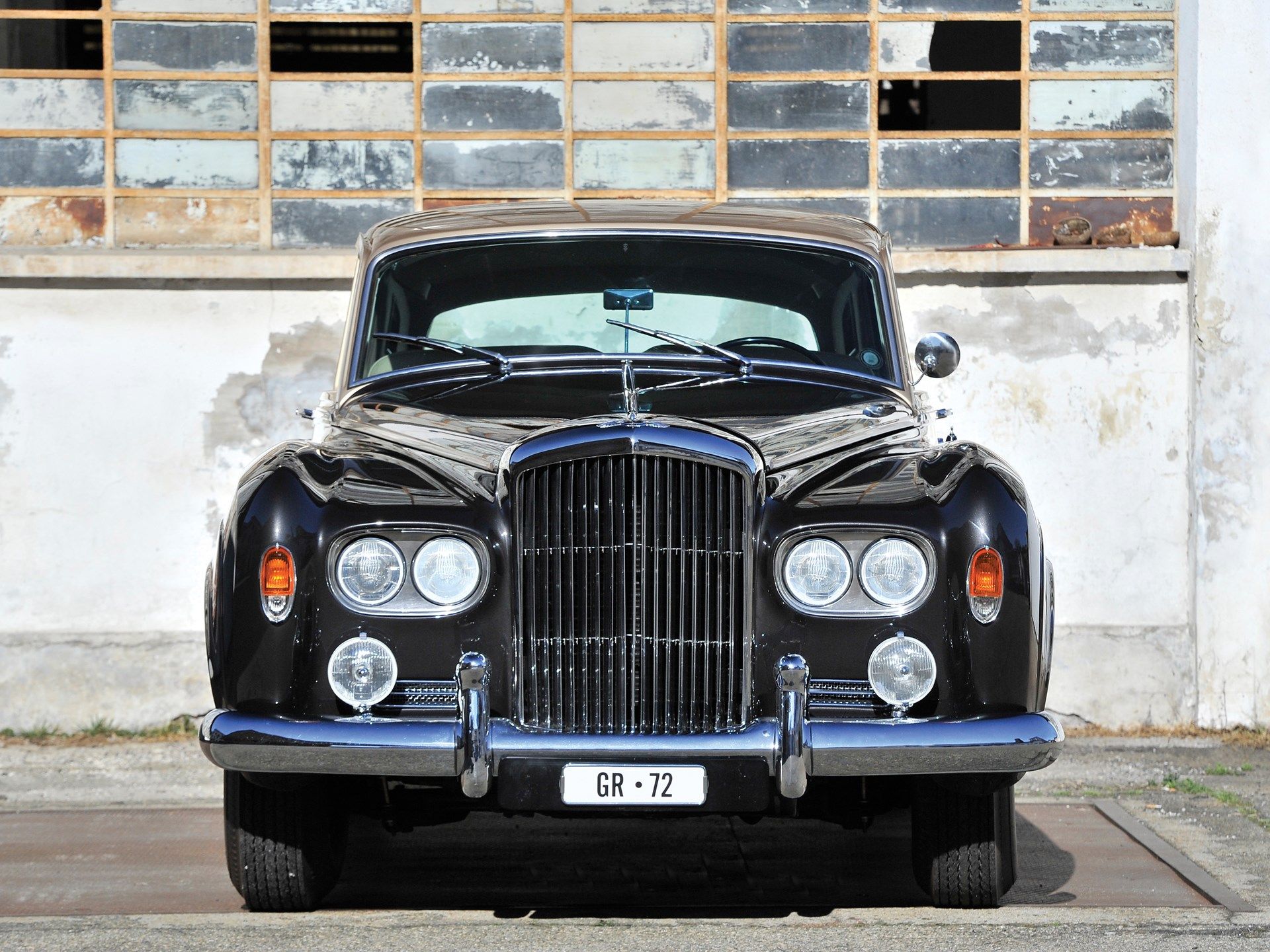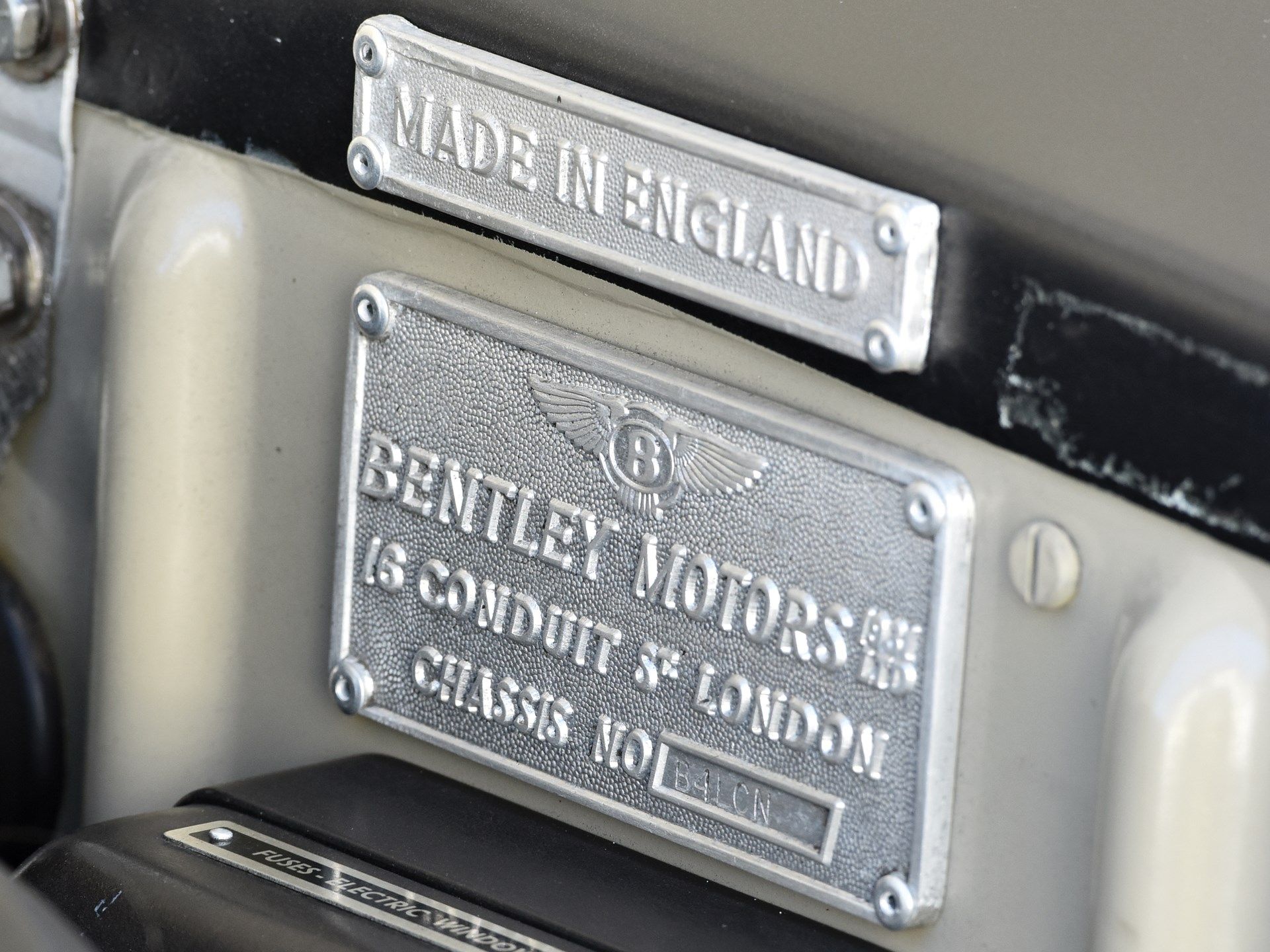The Bentley S3 Saloon, along with the Rolls-Royce Phantom V, represented the standard of luxury in Europe. The S3 marked the end of an era as it was the last production luxury sedan from Bentley with body-on-frame construction.
The Bentley S3 was the last model of British manufacturer’s S Series which was in production for a decade. The S3 replaced the S2 in 1962 and, in turn, was replaced by 1965 with the T-Series Bentley that was also a close relative to the Rolls-Royce Silver Shadow. The S Series came as a replacement for the antiquated R Type which had been in production since shortly after the war but was largely based on pre-war designs.
The S3 is, thus, the last of the truly classic Bentleys, so it’s only fitting that the car is one of the most elegant ever to come out with the Flying B on the hood. Performance is not that relevant on such a car but what matters, the comfort of the ride, is there aplenty. You won’t feel a bump in the road aboard the S3 even if you want to.
1963 Bentley S3 Saloon
- Make: Array
- Model: 1963 Bentley S3 Saloon
- Horsepower: 223
- [do not use] Vehicle Model: Array
1963 Bentley S3 Saloon Exterior
The S Series Bentley replaced the R Type in 1955 and, by 1962, Bentley it received its third major update in the form of the S3.
In fact, the bulk of the exterior changes are focused around the front end. While the quad headlights, two on each side, are the obvious change, there are many more. The elongated hood which covers the L-Series V-8 engine is lowered by 1.5 inches compared to the S2 which doesn’t diminish much of the imposing image of the chromed radiator grille.
The front fenders themselves have been restyled, and they protrude further than the line of the headlights. They also edge higher at their peak than the headlights, being parallel with the line of the hood. There is one indicator on either side in line with the headlights while the fog lights are still mounted on the front fender. There are two air vents just behind the fog lights, and the over-riders on both the front and the rear bumpers have shrunk for a more modern appearance. However, the S3s that were shipped to the U.S. were fitted with older-style bumpers with bigger over-riders
Overall, the sobriety of the car wasn’t in any way diminished by this styling refreshment. If anything, it was a sign of things to come as the future Silver Shadow-based Bentley also had quad headlamps with two on either side of the nose.
You can still see, as you glance at the S3 Saloon from its side, that the fenders arch in that old school way moving away from the line of the doors. This all changed with the next Bentley that featured unibody construction. The front fender itself makes the whole lower half of the car protrude forward in accordance while an extra character line runs from the front all the way to the middle of the front doors.
The line of the front fender dives lower and lower until it abruptly jumps upwards to follow the arch of the rear fenders. There’s still a clear separation between the “hips” of the car and the median section made up of the hood, roof, and trunk.
The classic white-wall tires hug sumptuous wheels with chromed hubcaps. There’s more chrome at the back on the rear bumper. The teardrop-shaped taillights feature the indicators included in the same unit.
Most S3s made were Standard Steel-body Saloons, but there were also long-wheelbase Saloons made and over 300 continental S3s.
1963 Bentley S3 Saloon Exterior dimensions
|
Wheelbase |
123.00 inches |
|
Length |
212.00 inches |
|
Width |
74.75 inches |
|
Height |
64.25 inches |
1963 Bentley S3 Saloon Interior
The interior of an S3 is luxurious beyond belief. It’s as if you step into a royal home on wheels.
For the first time, Bentley abolished the front bench seat in favor of two armchair-like seats separated by a thick armrest. While sitting on those seats, you gaze over the giant three-spoke wheel, through the single-piece windshield and just about see the Flying B on the nose – on a clear day. Yes, the S3 is that long.
The dashboard itself is covered in wood with the center stack poking forwards. On either side of the center stack, there is one large-size gauge with the odometer being the one on the left. You also have the knobs for the A/C, although the vents are located below the protruding center stack towards the driver’s side of the dash – there are two more vents on the outer edges of the dash. There are also knobs for the lights, other gauges that tell you about your fuel consumption, water temperature, oil pressure, and there’s also a small clock left off center. The top of the dash is covered in leather.
There’s also an extra compartment that slides out from under the middle of the dashboard just below the ashtrays and the A/C vents. The car has an automatic transmission, and the gear selector is placed on the steering shaft on the right-hand side. Unlike more modern cars, the interior rearview mirror sits on a strut in the middle of the dashboard, instead of hanging from the padding on the ceiling.
Basically, the Bentley S3 Saloon exudes luxury from the outside and confirms its promise with an extremely lush and comfortable interior.
1963 Bentley S3 Saloon Drivetrain
There is nothing spectacular going on under the elegant steel bodywork of the Bentley S3 Saloon.
The engine was fed by a couple of SU carburetors and, as an improvement over the S2, the compression ratio was raised to 9:1. This meant that the power figure was pushed to somewhere around 223-horsepower, all of the ponies reaching the asphalt with the help of a 4-speed automatic gearbox with a hypoid bevel final drive. All that power was enough for a top speed in excess of 110 mph, given the car’s light overall weight of just 4,320 pounds, lighter than a Bugatti Veyron.
The worm and roller steering on the S3 was slightly lighter than that on the S2 thanks to improved power steering.
1963 Bentley S3 Saloon specifications
|
0-60mph |
11.5secs |
|
Top speed |
113.0 mph |
|
Power |
223 horsepower |
|
MPG |
10.8 mpg |
|
Engine Configuration |
V-8, 90 degrees |
|
Aspiration |
Normal |
|
Fuel delivery |
Double SU carburetors |
|
Suspension Front |
Independent, wishbone, coil spring |
|
Suspension Rear |
Live axle, semi-elliptic leaf spring |
|
Steering |
Worm and roller |
|
Body/frame |
Chassis and separate body |
|
Transmission |
Four-speed automatic |
1963 Bentley S3 Saloon Pricing
The short wheelbase S3 Saloon cost $164,336 in today’s money back when it was new, in 1963. That’s about three times the amount you had to pay for a Jaguar Mark X sedan. However, nowadays, you can pick one up for anywhere between $40,000 and over $150,000 depending on the condition and history of the particular car.
For example, Keith Richards’ S3 nicknamed “Blue Lena” sold for $1,006,337 during the Goodwood Revival Bonhams sale back in September of 2015. That is, though, an anomaly as the S3 is still a rather affordable luxury sedan from the ‘60s due to the fact that 1,286 standard saloon cars were built at Bentley’s plant in Crewe.
1963 Bentley S3 Saloon Competition
Rolls-Royce Silver Cloud III
The closest sibling to the Bentley S3 Saloon is, naturally, the Silver Cloud III from then-parent company Rolls-Royce. It was, just like the S3, the final Roller to feature body-on-frame construction. Just like the Bentley, the third iteration of the Silver Cloud model received the same four-headlamp design with two grouped on either side of the classic Rolls-Royce grille, the separated indicators on the elongated fenders and the same upgraded engine.
Unlike older Bentleys which differentiated themselves from their Rolls-Royce brethren through sheer performance, W.O. Bentley’s machines being very much rooted on the race track, by the mid-‘60s the Silver Cloud III and the S3 Saloon were almost like two drops of water.
The Rolls-Royce is, also, just as expensive nowadays as the Bentley. You can pick a beater up for as little as $20,000 if you’re up for a restoration project, but more sorted examples don’t come cheaper than $45,000. Some pristine examples are advertised with asking prices in the region of $75,000. Coachbuilt models are more expensive, naturally.
Cadillac De Ville
The second generation of the De Ville was launched in 1961, and it still represented the American vision on automotive luxury. It was heavily redesigned compared to the first generation and, as such, it wasn’t as flamboyant-looking as the models of the late ‘50s. The design language was, in any case, far from anything that went on across the Ocean with the Caddy being an example in clear lines, flat surfaces, integrated wheels, and frameless windows.
The De Ville came with either a 6.4-liter V-8 or a 7.0-liter one. The 4-speed Hydra-Matic transmission that was available on the De Ville was actually the same as that on the Silver Cloud as Rolls-Royce used GM gearboxes under license at the time.
With over 25,000 De Villes built between 1961 and 1964, the asking price for one is lower than what you can expect from the British royalty with a well-maintained example currently selling for $15,000-$20,000. However, if you want a flawless example with barely any miles on the clock you’ll have to dig deeper and five some extra $10,000 to $15,000. It’s still cheaper but, arguably, the ride quality of the Cadillac doesn’t match that of the Rolls-Royce and the Bentley.
Final Thoughts
The prices for the standard steel-body short-wheelbase sedans isn’t going through the roof at the moment but it just might soon. So, if you want your own classic Bentley with that unmistakable elegance of a by-gone era, grab one while you still can!
Further reading
Read our full review on the 1959 Bentley S1 ’Empress’ Saloon.

